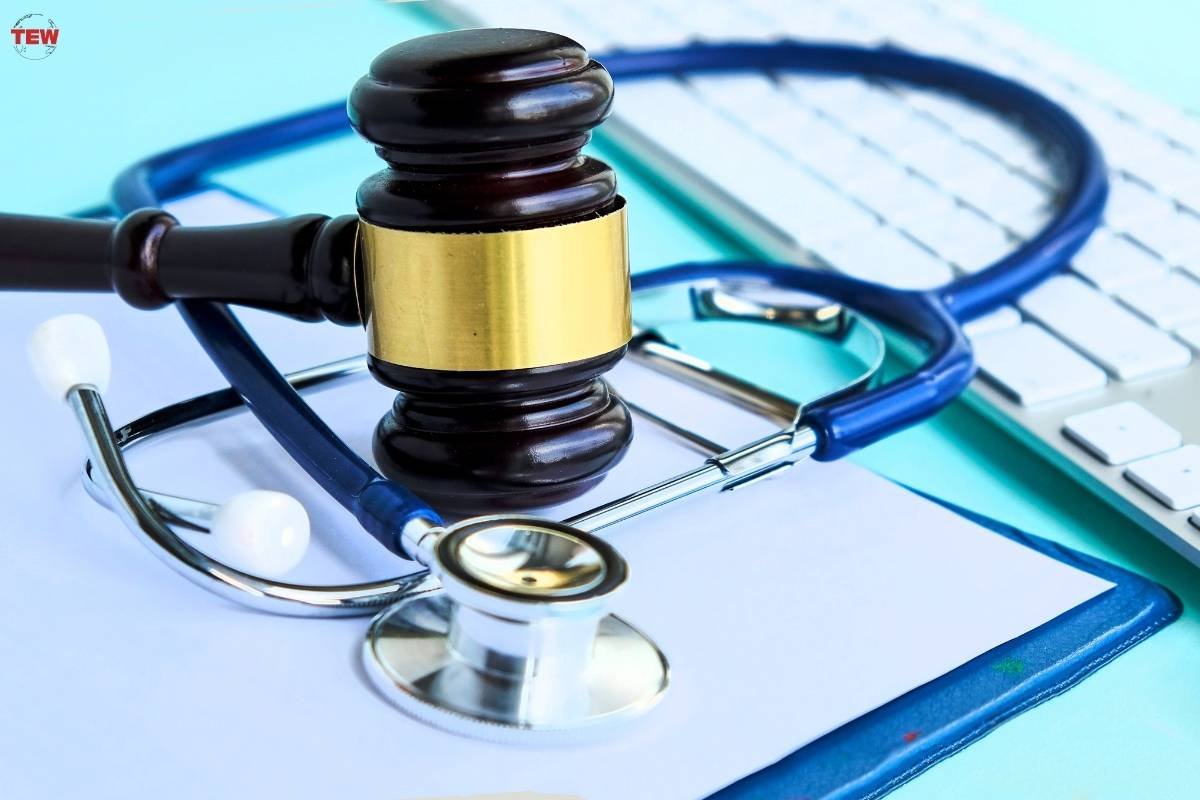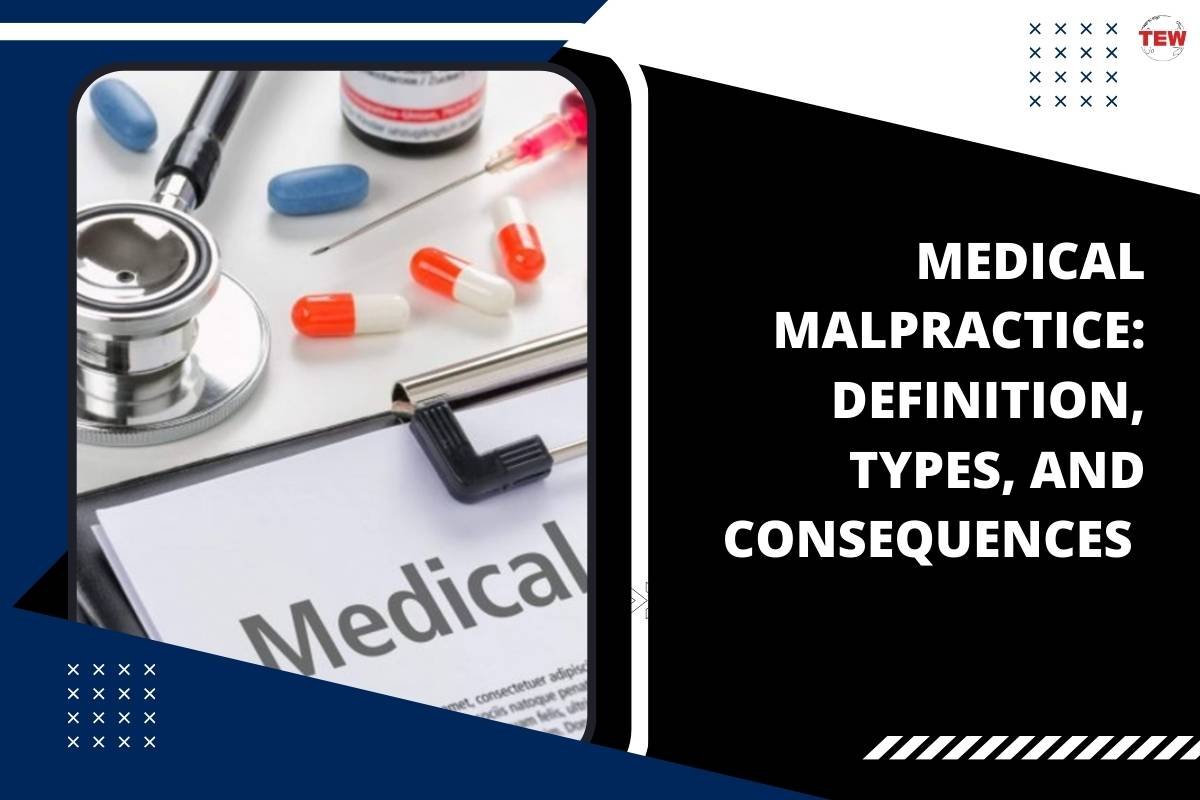Malpractice within the field of medicine has serious concern as it affects both the people who seek medical attention and those who provide it. Medical malpractice can be seen when doctors deviate from what they are supposed to do when offering treatment, thereby causing harm to patients. It is essential to know what this term means because many things fall under it, all of which may result in something serious for everyone concerned.
To win a medical malpractice case, plaintiffs must navigate a complex legal landscape, demonstrating that negligence occurred and directly caused their injuries. This article delves into the definition of medical malpractice, explores its different forms, and examines the potential repercussions for those affected.
What is Medical Malpractice?

Medical malpractice is a legal term that means when healthcare professionals like doctors, nurses, or hospital employees move away from the conventional treatment provisions for patients, resulting in harming them.
To establish medical malpractice, numerous conditions should be met, which include having a doctor-patient relationship, breaching the standard of care, causation, and tangible harm or injury detected by the patient.
Types of Medical Malpractice
Medical malpractice comes in different forms, each with its own circumstances and results. Here are some of the most basic types of medical malpractice:
1. Misdiagnosis or Delayed Diagnosis
If a doctor misdiagnoses a medical condition or delays diagnosing it, it can lead to inappropriate treatment, which may aggravate the patient’s situation.
2. Surgical Error
Surgical errors encompass a range of mistakes made during an operation, such as operating on the wrong body part, leaving surgical instruments inside the patient, or causing unnecessary injuries.
3. Medication Mistakes

The consequences of prescribing the wrong medication, administering incorrect dosages, or failing to consider potential drug interactions can be very harmful to the health of the patient.
4. Birth Injuries
Negligence or errors on the part of medical professionals during pregnancy or childbirth can result in injuries to the mother or newborn baby, possibly leading to lifelong disabilities or death.
Consequences of Medical Malpractice
The far-reaching consequences of medical malpractice on patients and their families can be profound. These may include:
1. Physical Harm or Disability
Patients may experience physical injuries, permanent disabilities, or even death in extreme cases, depending on the nature of the malpractice.
2. Emotional Trauma
The experience of medical malpractice may result in emotional stress, fear, sadness, and doubts about the quality of the treatment.
3. Financial burden

Patients and their families may experience substantial financial difficulties due to medical expenditures related to rehabilitation, salaries that are not earned because work cannot be performed, and ongoing care’s cost.
4. Legal Repercussions
Careers are put at risk when healthcare providers are proven to have committed medical mistakes. They may end up in court and lose their right to practice medicine or pay a large sum of money in case they get sued for malpractice.
Preventing Medical Malpractice
Although it is impossible to eliminate medical malpractice completely, there are ways to mitigate its incidence and impact. These include:
- Enhanced Communication: To avoid errors and misunderstandings, the healthcare provider, patients, and their families need to communicate clearly and effectively.
- Continuous Education and Learning: Healthcare professionals should receive ongoing training and education to stay up-to-date with the latest medical advancements, best practices, and patient safety protocols.
- Effective Quality Control Measures: Putting in place strong quality control measures is essential for healthcare facilities, which would include conducting frequent audits, peer reviews, and reporting systems for incidents.
- Promotion of a Safety Culture: Developing a culture of safety that promotes open communication, transparency and patient safety commitment is important within the healthcare industry.
Conclusion
Medical malpractice is an intricate and profoundly worrying matter that could have dire consequences for patients, their families, or the healthcare system in general. It is important to sensitize people against this challenge and strive towards establishing a healthcare system that is dependable, competent, and answerable.
By making sure that patient safety is considered first, through continued education and training as well as incorporating strict quality assurance systems in place, it is possible for us to attain a reduction in cases of medical malpractice, thereby ensuring that all patients are provided with good services at all times.




